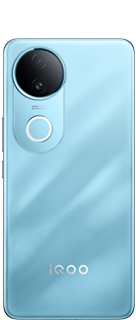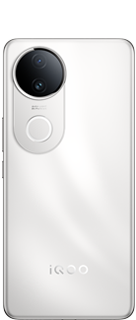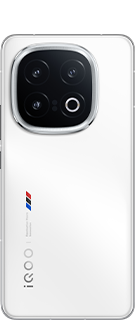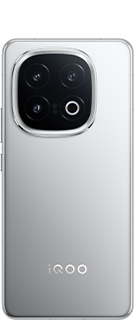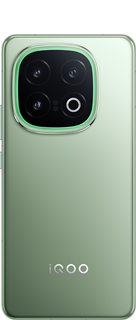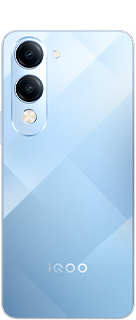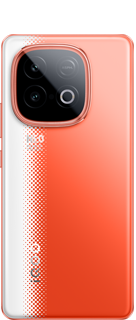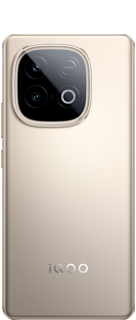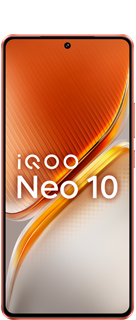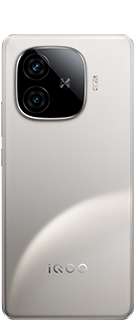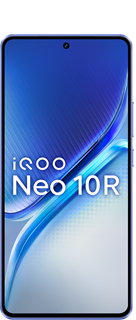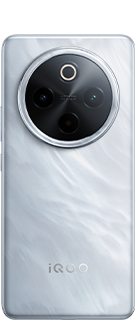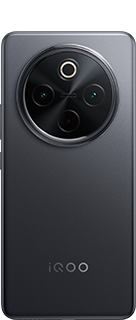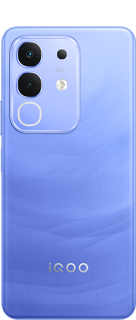👉 Optical Fingerprint Sensor Vs Ultrasonic Fingerprint Sensor !👍
Hello friends,
In the world of Smartphones, fingerprint scanners plays an important role, in order to authenticate and verify the person to use personal data, for security purpose. So in this thread i am discussing two of the main fingerprint sensor technologies which is used in smartphones. So without further ado let's dive into the topic 😊.
Optical Fingerprint Sensor:
The optical fingerprint sensor, being one of the most widely used sensors in biometric devices, works on the principle of capturing the image of the fingerprint by illuminating it through LEDs.
These sensors are one of the most common biometric authentication technologies used in smartphones and other devices.

How optical fingerprint sensors work?
When a user places their finger on the sensor, a light source illuminates the finger.The sensor then captures an image of the fingerprint, which is stored as a 2D digital image.This 2D image is then compared to the stored fingerprint data to authenticate the user.
Advantages:
The main advantages of optical fingerprint sensors is that they are relatively inexpensive compared to other biometric authentication technologies. They are also easy to integrate into devices, and work well with screen protectors and cases.
Disadvantages:
However, there are some disadvantages to optical fingerprint sensors. They are less secure than other biometric authentication technologies, as they can be easily spoofed with fake fingerprints. They also may not work well if the user's fingers are wet or dirty.
Overall, optical fingerprint sensors is less expensive as compared to ultrasonic fingerprint technology and widely used in smartphones that provides basic security and convenience for smartphone users.
Ultrasonic fingerprint sensor:
Ultrasonic fingerprint sensors are the latest biometric authentication technology mostly used in high-end smartphones. They use high-frequency sound waves to create a 3D image of the user's fingerprint, which provides better accuracy and security than traditional 2D optical fingerprint sensors.

How ultrasonic fingerprint sensor work?
When a user places their finger on the sensor, the ultrasonic sensor emits high-frequency sound waves that bounce off the ridges and valleys of the fingerprint.The sensor then measures the time it takes for the sound waves to bounce back, creating a 3D image of the fingerprint.This 3D image is then compared to the stored fingerprint data to authenticate the user.
Advantages:
🔹Seamless:
One of the main advantages of ultrasonic fingerprint sensors is that they can work through the screen, which means that they can be placed under the display of the smartphone. This makes the design of the phone more seamless and attractive.
🔹More Accurate:
Another advantage is that ultrasonic fingerprint sensors provide better accuracy than optical fingerprint sensors. This is because they create a 3D image of the fingerprint, making it more difficult to spoof.
One major benefit is that you can still use an ultrasonic fingerprint scanner even if your fingertip is wet or oily at the time, due to that three-dimensional scanning.
Disadvantages:
They are more expensive than optical fingerprint sensors, and may not work well with screen protectors or cases that are too thick. They may also not work well with dry or cracked fingers.
Overall, ultrasonic fingerprint sensors are a cutting-edge technology that provides better accuracy and security than traditional optical fingerprint sensors. As smartphones continue to evolve, we can expect to see more devices using this technology in the future. Generally this technology is used in high end smartphones.
Hope, now y'all understands the difference between these two fingerprint sensor technologies. Catch you soon in my next interesting tech thread. Till then #TakeCare and #KEEPQUESTING 🤗.
📝Signing Off
TechSAM009
#Moderator
Please sign in
Login and share
